Find Buildings In The North
Use the Fabulous North search to find the exact locations for buildings in . Click the Filter button to narrow your search.
Found 88 places
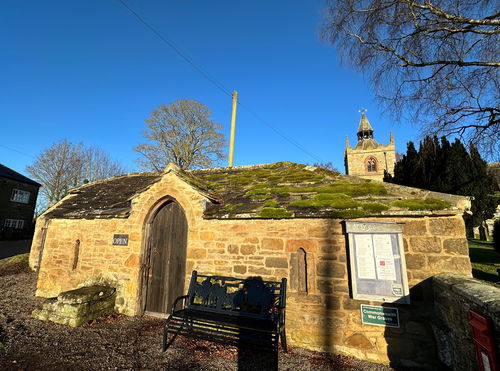
Hearse House at St Giles
Building Hexham NorthumberlandOne of a handful of hearse houses left in the UK with a little 'fun for free' museum.
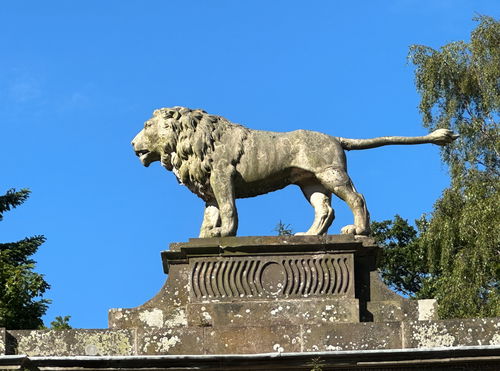
Ladykirk House Lion Gates
Building Berwick Upon Tweed NorthumberlandA proud standing Percy lion atop a grandiose gateway to the old Ladykirk House in Upsettlington.

Saltburn Pier
Building Saltburn North YorkshireThe first pier on the North East Coast and last pier in Yorkshire.
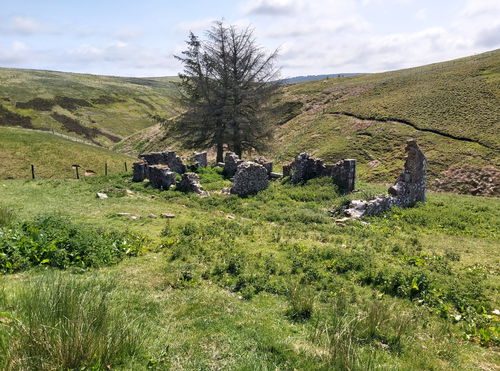
Yearning Hall
Building The Cheviots NorthumberlandA ruined farm house on top of Yearning Law near the border ridge.
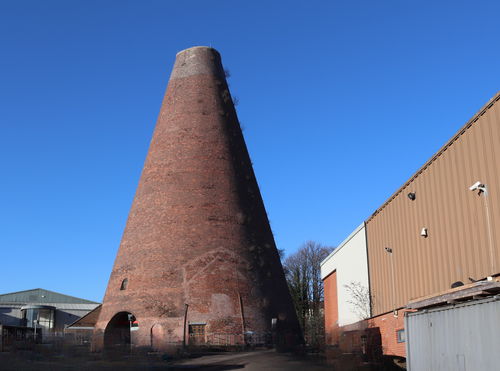
Lemington Glass Works Cone
Building Newburn Tyne And WearThe last remaining cone from the Lemington Glass Works Cone.
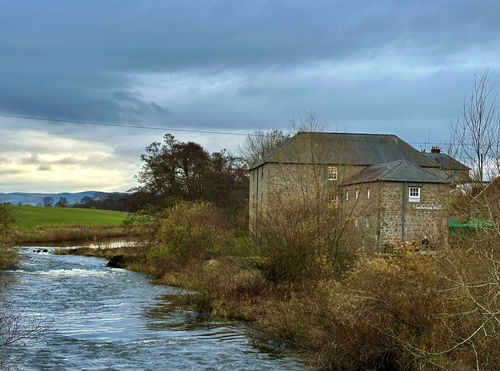
Heatherslaw Corn Mill
Building Ford And Etal NorthumberlandAn ancient corn mill, nestled in the bend of the River Till, sitting between Ford and Etal.

Huntcliff Guibal Fan House
Building Saltburn North YorkshireGuibal fan house built in 1872, which once ventilated Huntcliff Ironstone mine.
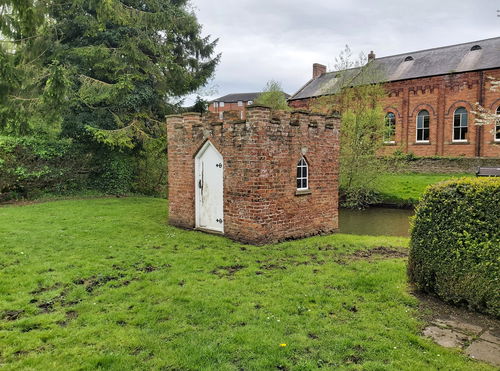
Bedale Leech House
Building Bedale North YorkshireA small castellated house in Bedale that was used to house leeches which were sold to local doctors for bloodletting.

Howk Bobbin Mill
Building Carlisle CumbriaHowk Bobbin Mill is a ruined 19th century mill, it is hidden away surrounded by trees with the River Caldew running alongside it and the mystical fairy pools nearby.
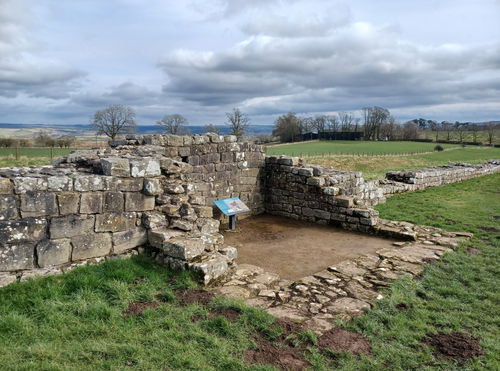
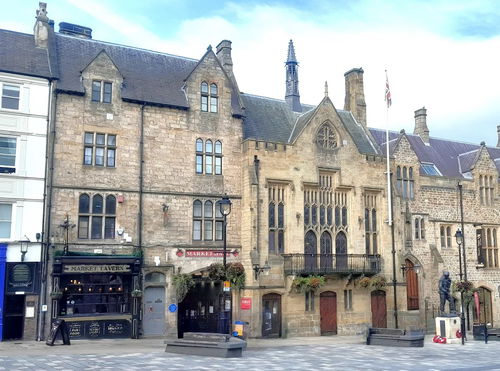
Durham Town Hall
Building Durham County DurhamA splendid feast of medieval lookalike architectural delights, and other things.
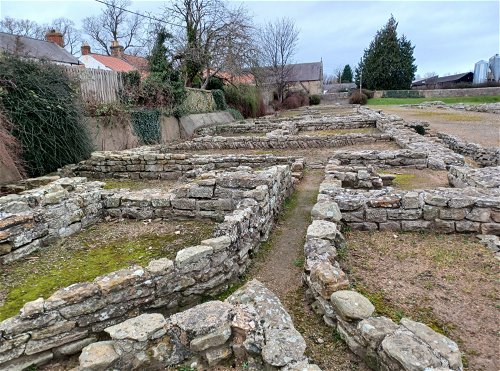
Piercebridge Roman Fort
Building Darlington County DurhamRemains of a roman fort built around 260AD

Causeway House
Building Bardon Mill NorthumberlandSitting on a blowy corner of the Northumberland National Park, is Causeway House, Northumberland's only heather thatched cottage. With a history of hidden lucky roof charms and close to a Roman Milecastle.
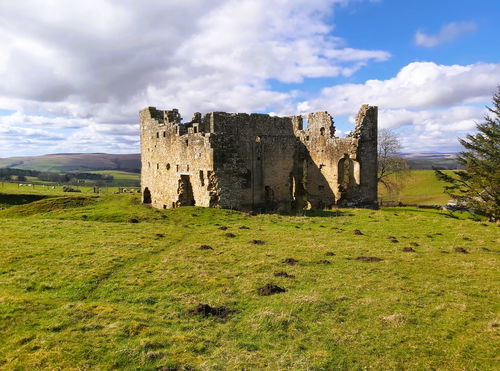
Ridsdale Iron Works
Building Ridsdale NorthumberlandThe Ridsdale Iron Works, castle-like ruin in, was the point of manufacture of pig steel used in the construction of Newcastle's High Level Bridge.
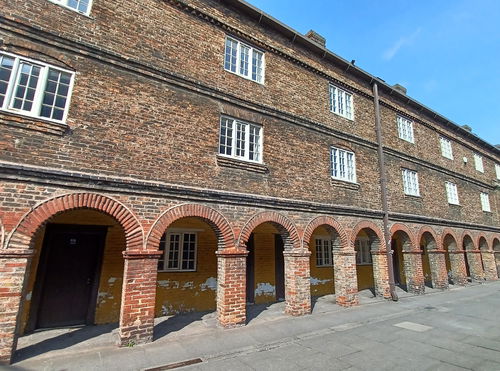
Holy Jesus Hospital
Building Newcastle City Centre Tyne And WearA hospital built on the site of a 13th century Augustinian Friary to house the "poor freemen" of Newcastle.
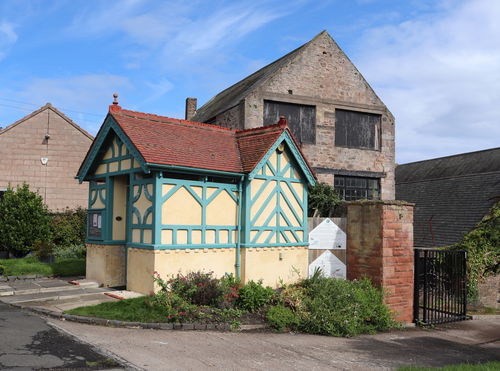
The Loovre
Building Berwick Upon Tweed NorthumberlandOnce a public loo, now a tiny holiday home in the heart of Berwick.
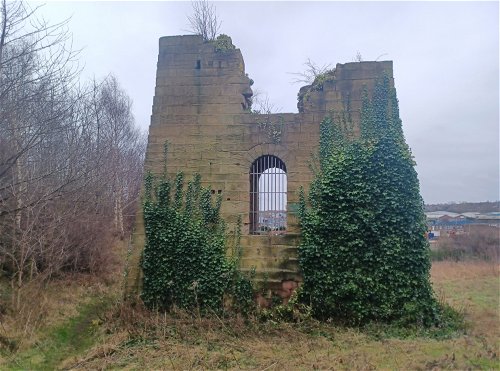
Friar's Goose Pumping Station
Building Gateshead Tyne And WearRemains of a pumping station built by Robert Stephenson in 1844.
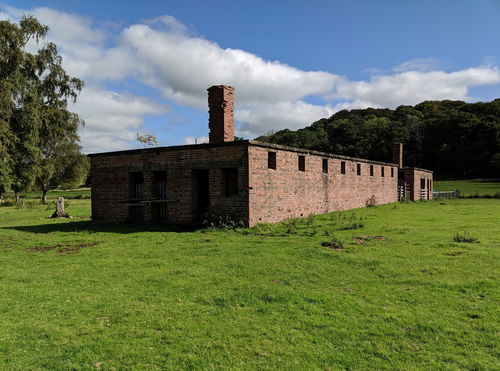
Featherstone Park Prisoner of War Camp
Building Haltwhistle NorthumberlandA former POW camp located behind Featherstone Castle for Italian and German prisoners of war.
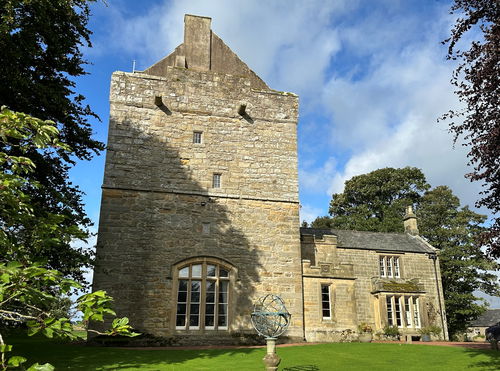

Benwell Vallum Crossing
Building Benwell Tyne And WearThe ruins of a crossing used to allow Roman soldiers and goods across the Vallum.
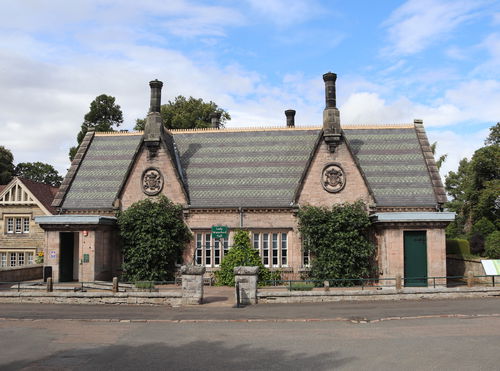
Lady Waterford Hall
Building Ford And Etal NorthumberlandAn old school hall in Ford Village that was decorated with biblical murals by Lady Waterford over 21 years.
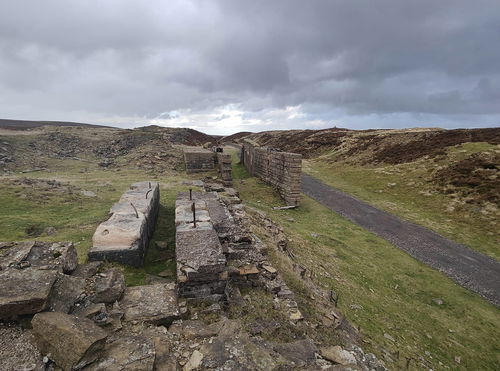
Bolts Law Standing Engine House
Building Stanhope County DurhamBuilt in 1846, the standing engine hauled railway trucks up and down an incline into Rookhope.
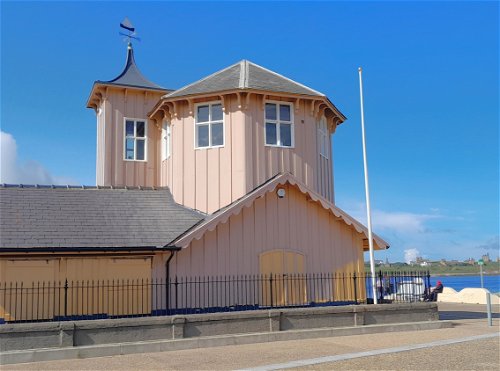
South Shields Watch House
Building South Shields Tyne And WearOne of Blighty’s oldest wooden ship-lapped buildings. Fresh from a new coat of paint.
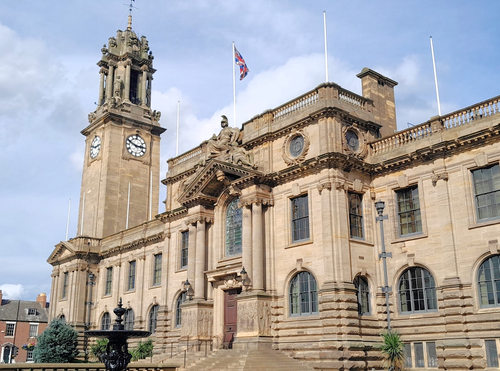
South Shields Town Hall
Building South Shields Tyne And WearEdwardian Baroque styled town hall which embodies civic pride.
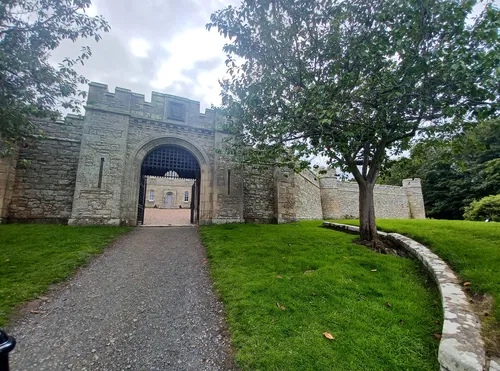
Jedburgh Castle Jail and Museum
Building Jedburgh BordersJail built on the site of the old Jedburgh Castle in the 1820s.
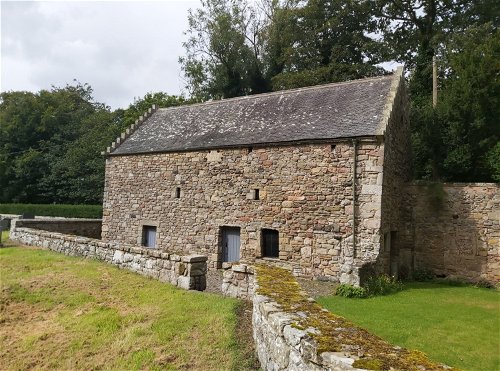
Foulden Tithe Barn
Building Berwick Upon Tweed NorthumberlandAn old tithe barn within the grounds of Foulden Parish Church where parishioners would give the church 10% of their agricultural produce.
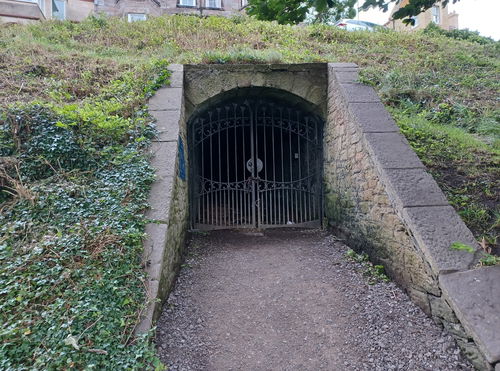
Bank Hill Ice House
Building Berwick Upon Tweed NorthumberlandA Grade II listed building that was constructed in 1796 to store ice for the fishing industry.
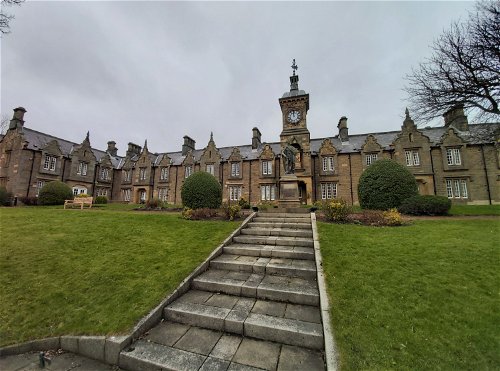
Master Mariners Homes
Building North Shields Tyne And WearA Grade II listed building in North Shields built in 1893-94 to provide accommodation for retired and needy seafarers and their wives.

Benwell Temple Of Antenociticus
Building Benwell Tyne And WearA ruined Roman template dedicated to the local deity Antenociticus.
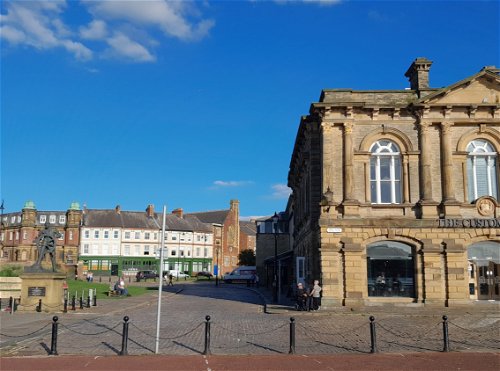
Mill Dam and Customs House
Building South Shields Tyne And WearAn urban conservation area, with grand buildings, cobbled lanes, River Tyne views, and a few pubs.
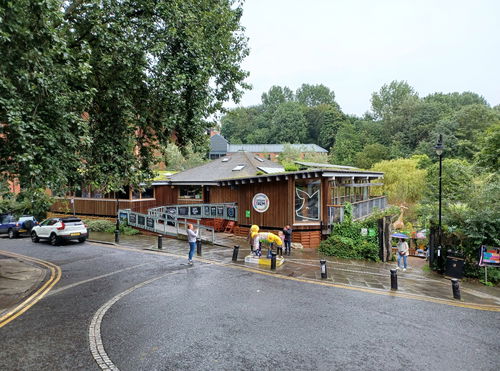
Ouseburn Farm
Building Newcastle City Centre Tyne And WearA charity and working community farm in the urban heart of Newcastle upon Tyne.
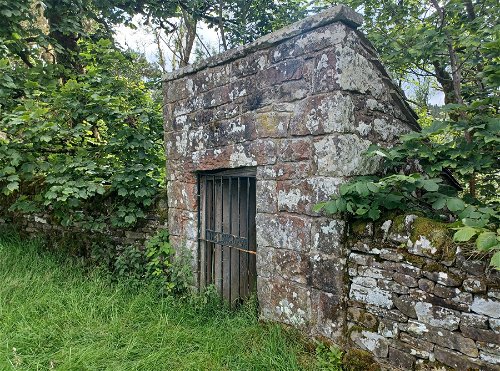
The Long Drop
Building Stonehaugh NorthumberlandThe highest perched toilet in England, situated in Northumberland National Park
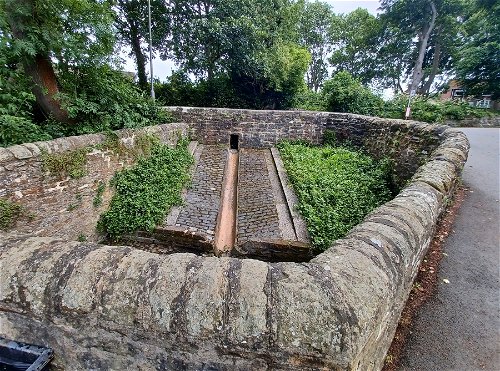
Ryton Pinfolds
Building Ryton Tyne And WearPens to hold stray animals, dating back to medieval times.
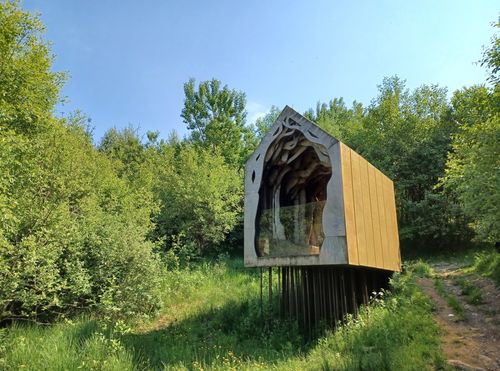
Freya's Cabin
Building Kielder NorthumberlandA timber cabin set on the banks of Kielder Water mirrored on the opposite bank by another, more simple hut.
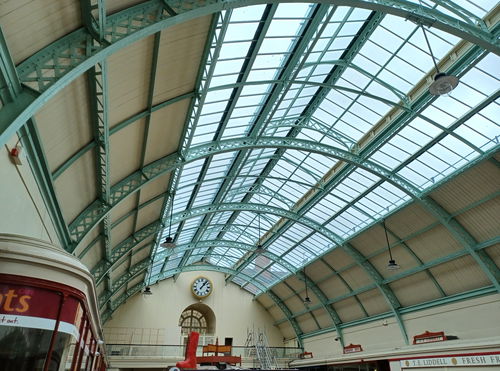
Grainger Market
Building Newcastle City Centre Tyne And WearA covered market in Newcastle City centre, designed by John Dobson and opened in 1835. Once the largest covered market in the country.
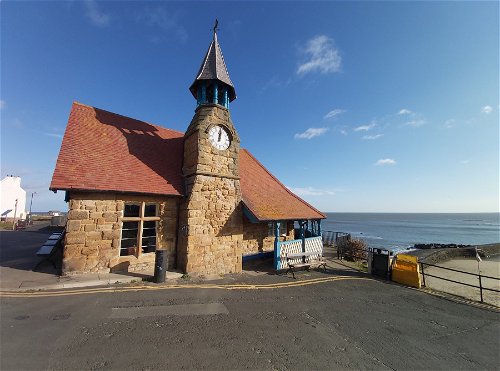
Cullercoats Watch House
Building Cullercoats Tyne And WearA grade two listed iconic building in Cullercoats constructed as a lookout for fishermen.
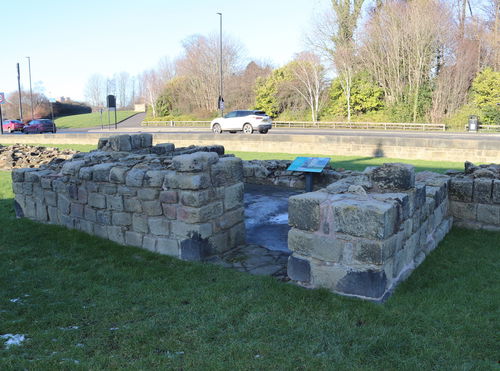
Denton Hall Turret
Building Denton Burn Tyne And WearTurret 7B on Hadrian's Wall, found along with a 63m long section of the wall in a small area of public space in a housing estate by the A186
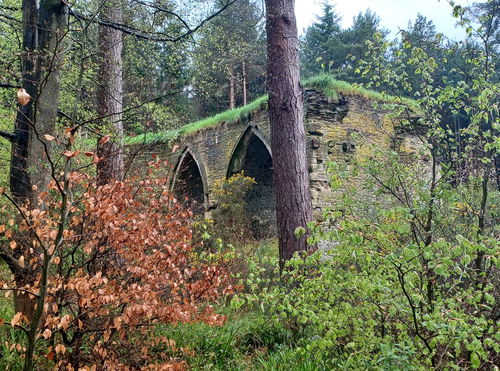
Dukesfield Arches
Building Hexham NorthumberlandRemains of a former smelting mill hidden in the Northumberland countryside.
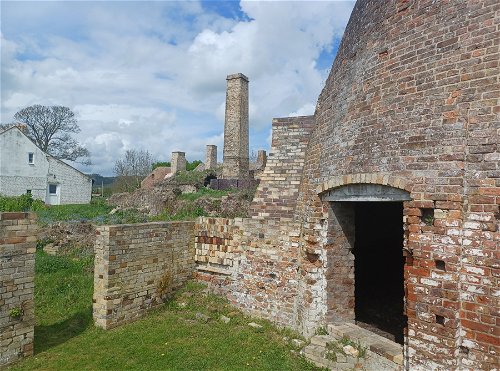
The Old Pottery
Building Corbridge NorthumberlandOld 19th century pottery on the outskirts of Corbridge, previously known as Walker's Pottery.
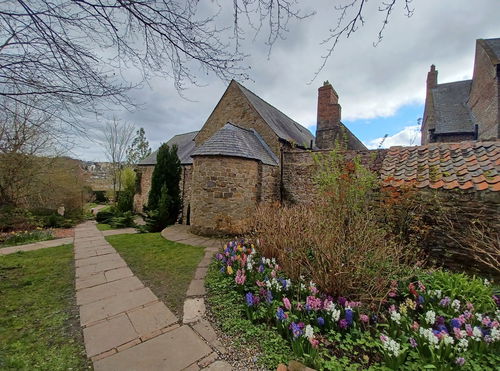
Crook Hall Gardens
Building Durham County DurhamSmall National Trust site with medieval hall dating back to the 13th century.
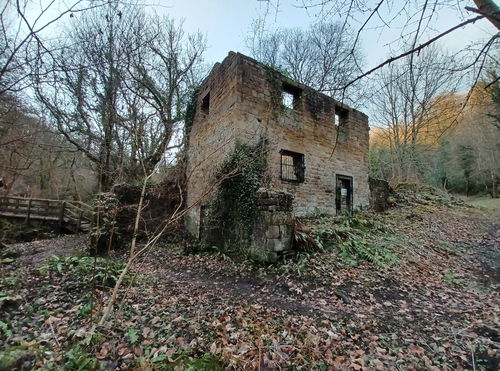
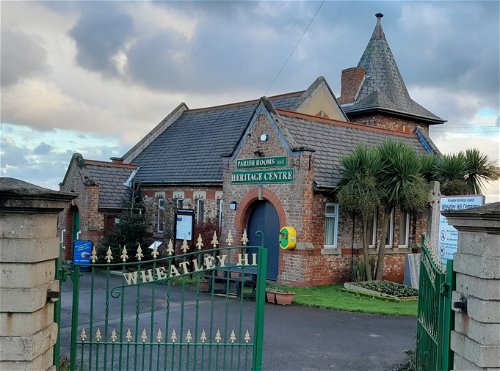
Wheatley Hill Heritage Centre
Building Peterlee County DurhamOnce a former chapel, but is now a museum, packed full of local heritage.
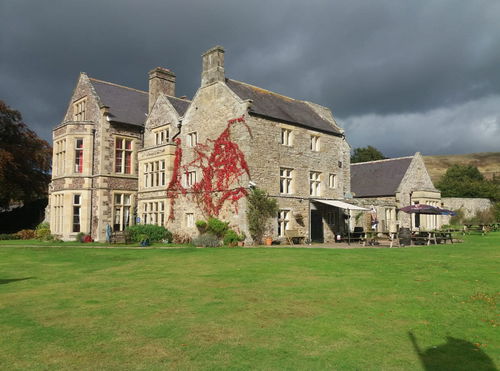
Clennell Hall
Building Alwinton NorthumberlandA 15th century country house, situated near the village of Alwinton in an area of natural outstanding beauty.
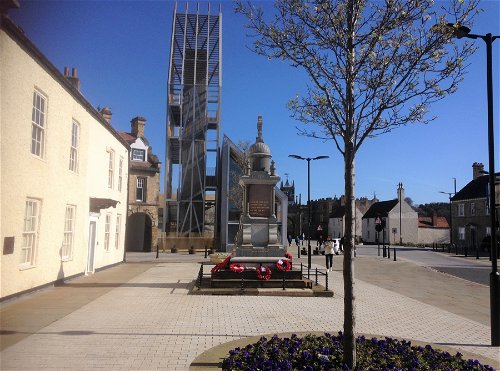
Auckland Tower
Building Bishop Auckland County DurhamA tower based on a siege engine amongst eclectic buildings
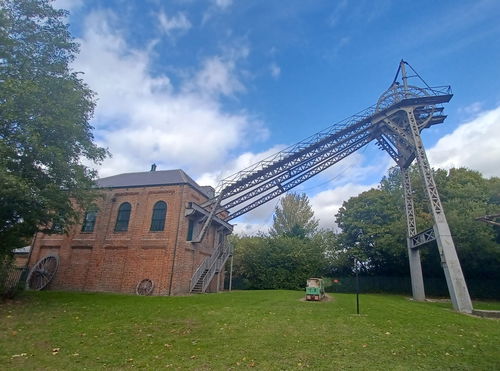
Washington F Pit
Building Washington Tyne And WearSmall museum showcasing the history of coal mining in the region.
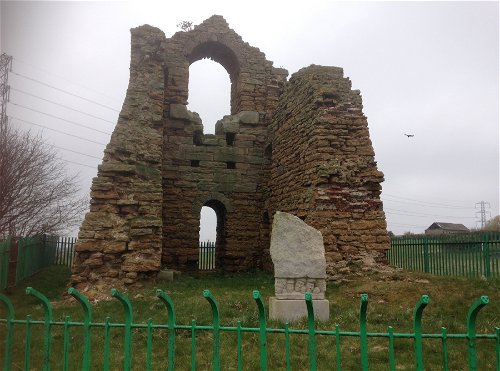
Haswell Colliery Engine House
Building Shotton County DurhamA ruined colliery engine house that was part of a monumental mining disaster.
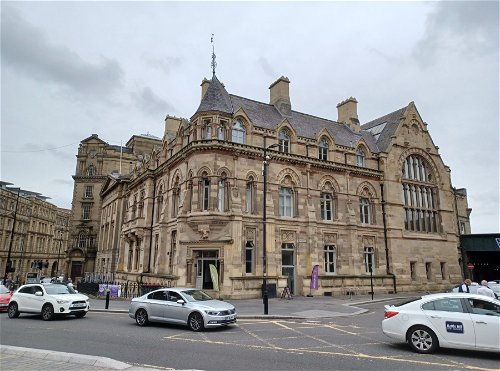
The Mining Institute
Building Newcastle City Centre Tyne And WearThe North of England Institute of Mining and Mechanical Engineers or as it is more commonly known, “The Mining Institute” is one of the finest buildings in Newcastle. It is a Victorian building built at the time when high-Gothic architecture was coming into fashion.
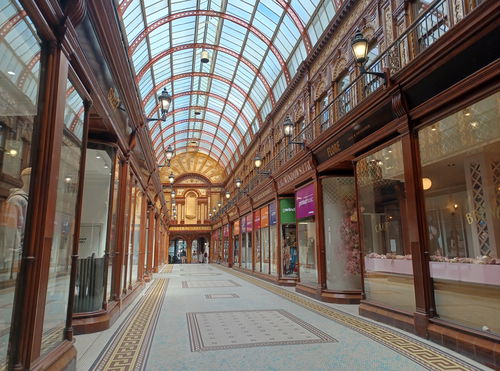
Central Arcade
Building Newcastle City Centre Tyne And WearAn ornate, Edwardian Shopping Arcade, in the centre of Newcastle built in 1906. The arcade is set within Richard Grainger's Central Exchange Building.
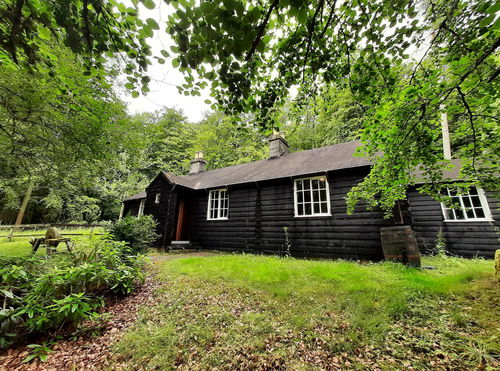
Black Hut at Catcleugh Reservoir
Building Byrness NorthumberlandThe last remaining hut built to accomodate the workers who constructed the Catcleugh Reservoir.
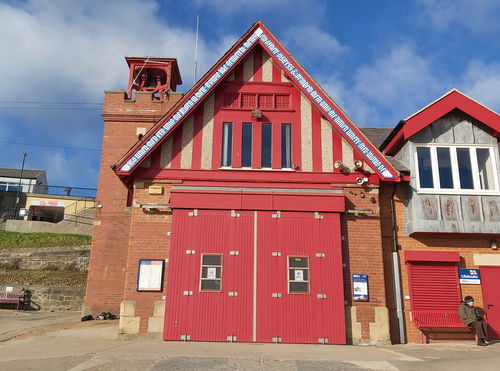
Cullercoats Lifeboat Station
Building Cullercoats Tyne And WearA 19th Century, Grade II listed, Lifeboat Station situated on the beautiful horseshoe bay at Cullercoats.
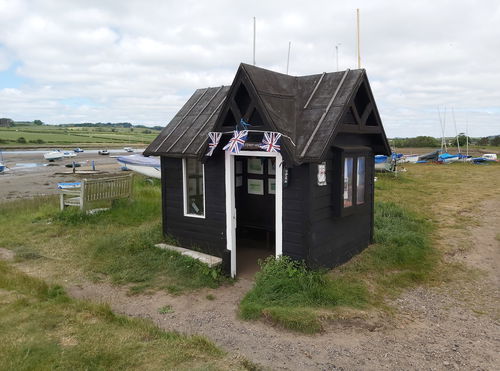
The Ferry Hut - Ferryman's Hut
Building Alnmouth NorthumberlandThe smallest museum in Northumberland (if not the world!!) with pictures, memorabilia and trinkets about boating life in Alnmouth.
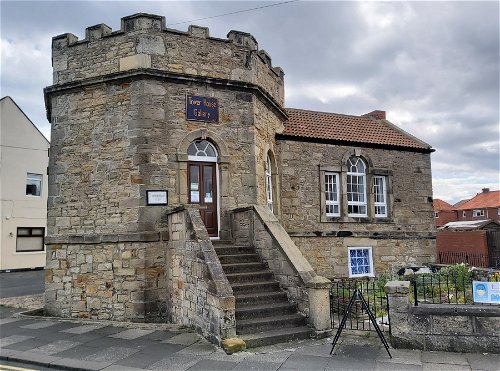
Tower House
Building Seaton Valley NorthumberlandA castelled octagonal building in Seaton Sluice that was once a tax office, harbour master house and now a gallery.
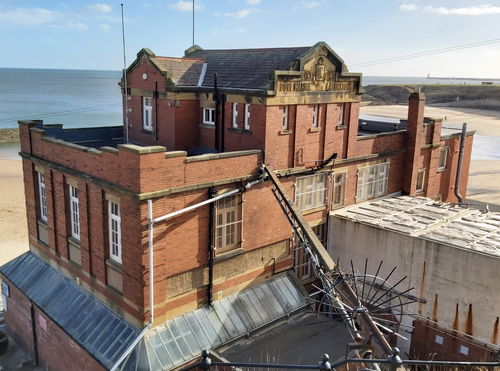
Dove Marine
Building Cullercoats Tyne And WearA research and teaching laboratory which formed part of the School of Marine Science and Technology at Newcastle University. It is now part of the larger School of Natural and Environmental Sciences.
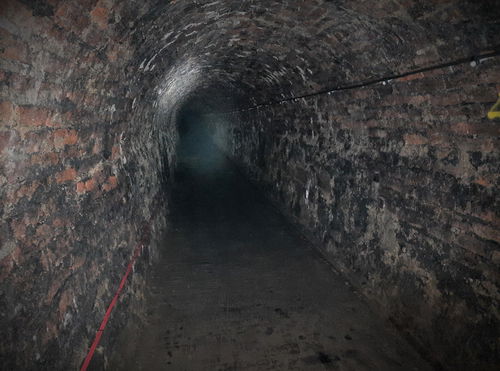
Victoria Tunnel
Building Newcastle City Centre Tyne And WearA tunnel running from the Town Moor to the Ouseburn that was used to transport coal and then became an air raid shelter.
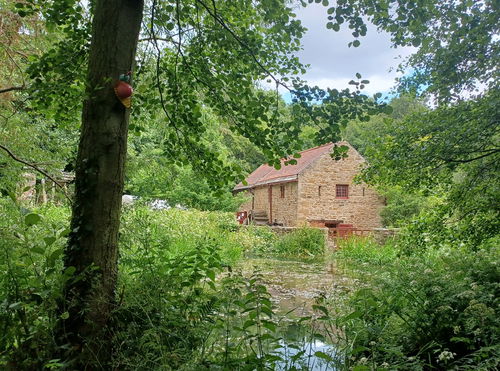
Path Head Water Mill
Building Gateshead Tyne And WearWater Mill on the edge of Blaydon, originally built in 1730.
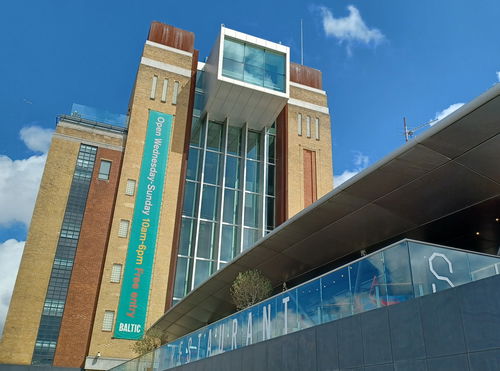
Baltic Centre for Contemporary Art
Building Gateshead Tyne And WearOld flour mill converted into a contemporary art gallery in 2002.
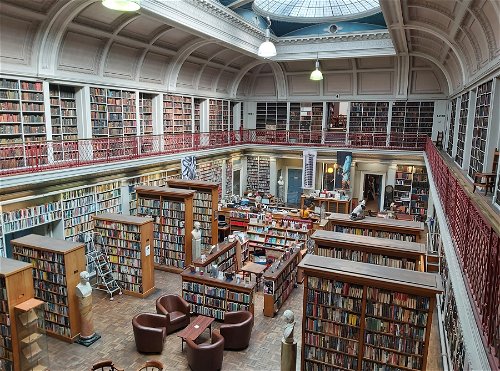
The Lit and Phil
Building Newcastle City Centre Tyne And WearAn independent Library, the largest outside of London, in the centre of Newcastle established in 1793, opened in 1825 and home of Newcastle Literary and Philosophical Society.
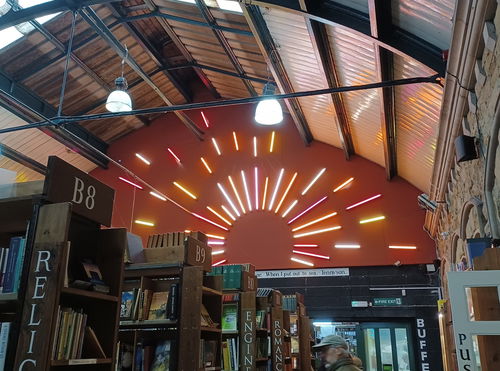
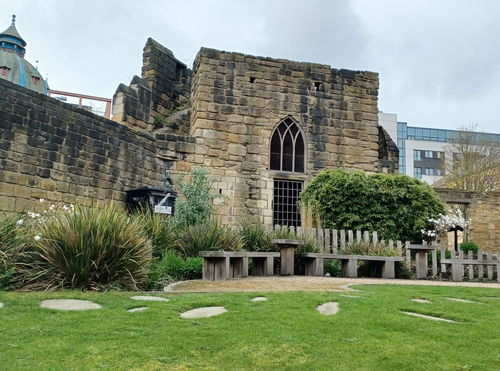
Newcastle City Walls
Building Newcastle City Centre Tyne And WearRemains of the 14th century walls that were built around Newcastle Upon Tyne.
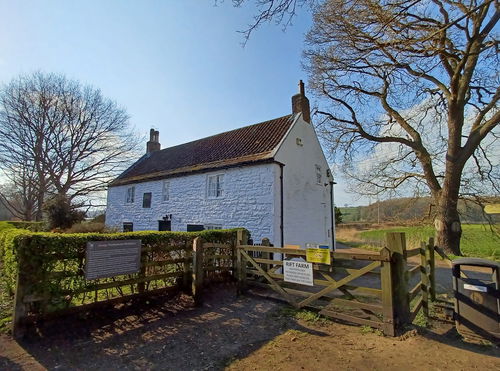
George Stephenson's Birthplace
Building Wylam NorthumberlandBirthplace of mechanical engineer George Stephenson, built around 1760.
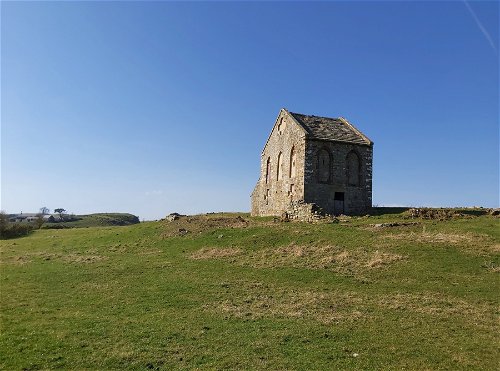
Swinburne Tithe Barn
Building Swinburne NorthumberlandA beautiful little barn used to collect tithes in the middle ages.
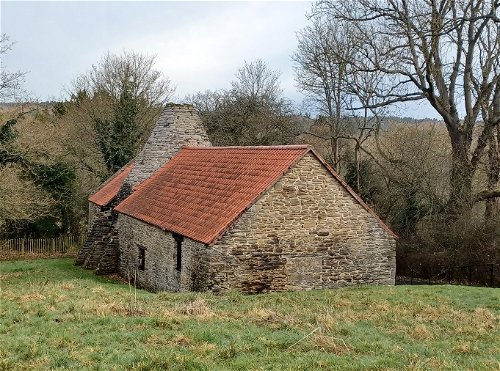
Derwentcote Steel Furnace
Building Rowlands Gill Tyne And WearDisused steel furnace and woodland walk, managed by English Heritage.
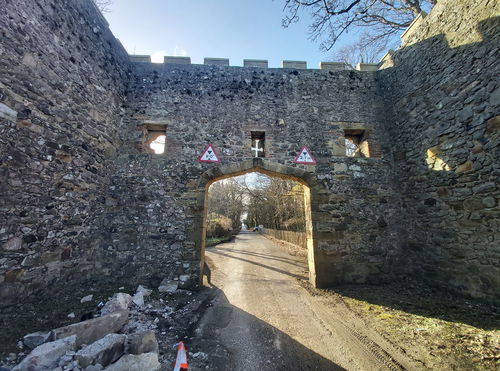
Craster Tower Gateway
Building Craster Northumberland18th century gateway to Craster Tower, now an iconic entrance to the village of Craster.
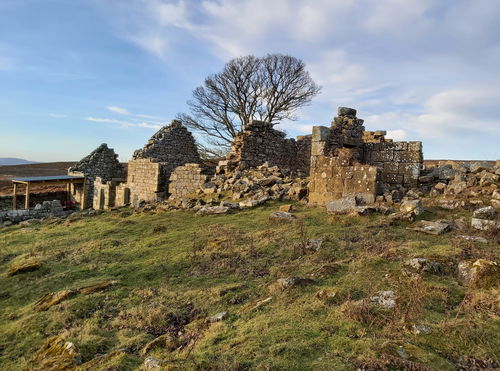
Blawearie Shepherd’s Hut
Building Chillingham NorthumberlandA ruined shepherd's hut in the moors near Old Bewick set amongst crags and cairns.
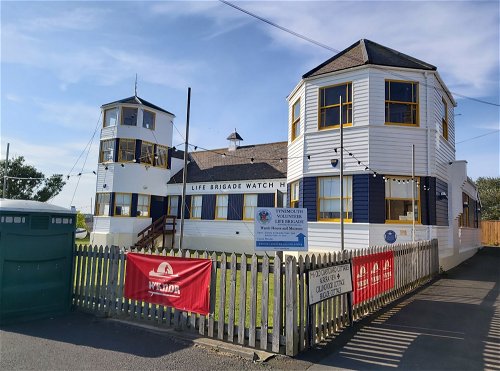
Tynemouth Watch House
Building Tynemouth Tyne And WearA museum dedicated to the Volunteer Life Brigade at Tynemouth.
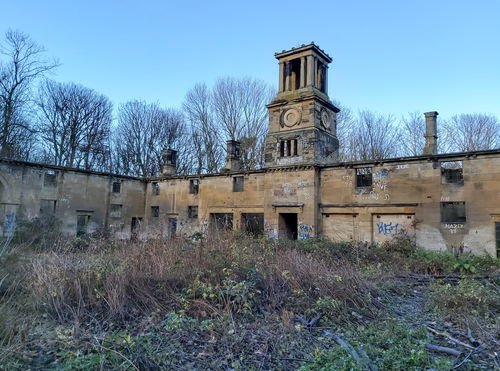
Cresswell Hall Stable Block
Building Cresswell NorthumberlandA ruined stable block of the once Cresswell Hall.
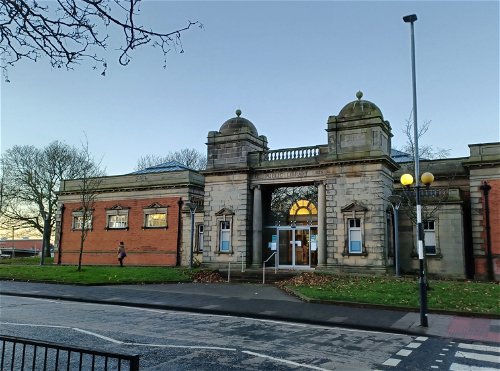
Gateshead Central Library
Building Gateshead Tyne And WearA purpose built library, which opened in 1926 with funding from the Carnegie Trust.
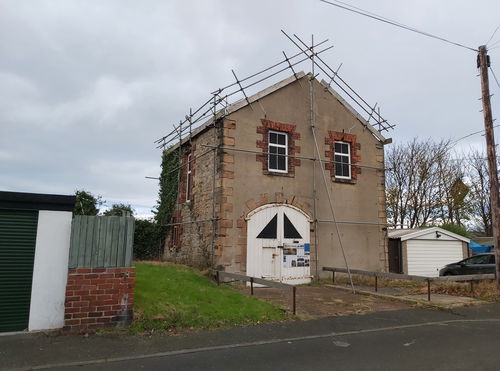
Blyth Rocket House
Building Blyth NorthumberlandThe building used to house the rocket apparatus for saving crews from stranded ships near Blyth harbour.
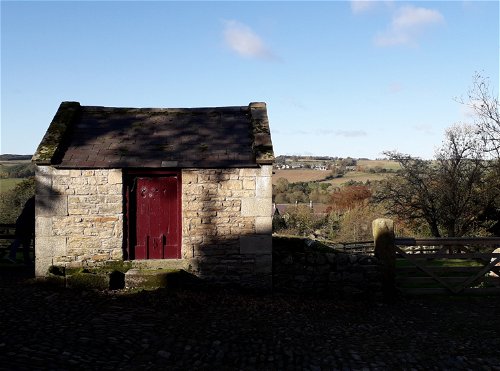
Cherryburn
Building Stocksfield NorthumberlandThe birthplace of Thomas Bewick, the famous wood engraver and ornithologist.
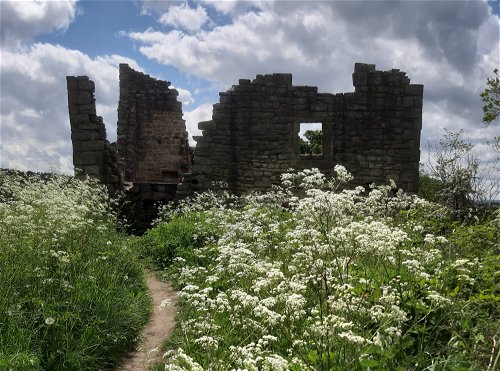
Hollinside Manor
Building Whickham Tyne And WearA medieval first-floor style Manor House set in the beautiful Derwent Walk Country Park.
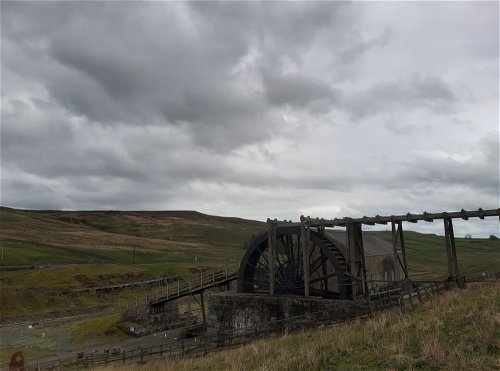
Killhope Lead Mine
Building Bishop Auckland County DurhamA restored 19th century mining museum in the centre of the North Pennines Area of Outstanding Natural Beauty, where you can experience the life and work of the lead mining families of the North Pennines.
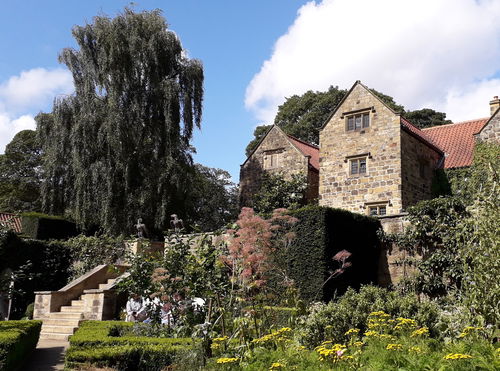
Washington Old Hall
Building Washington Tyne And WearManor house associated with the family of George Washington, first president of the USA.
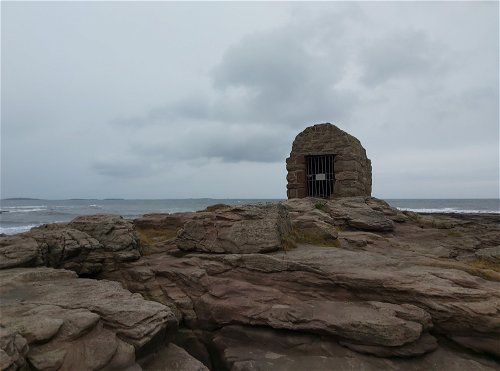
Gunpowder House
Building Seahouses NorthumberlandA small stone building used to store the explosives during the construction of the seahouses pier and harbour.
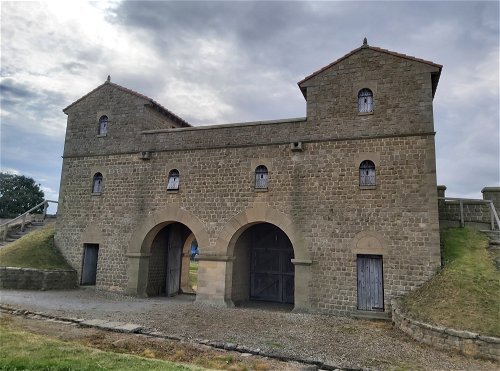
Arbeia Roman Fort
Building South Shields Tyne And WearA reconstruction of a gatehouse and buildings on the original foundations of the Roman buildings.
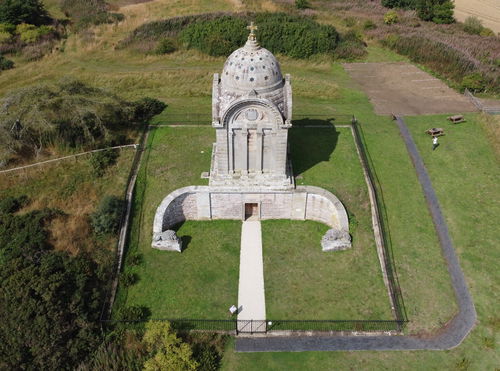
Monteath Mausoleum
Building Jedburgh BordersA spectacular mausoleum for the British soldier Thomas Monteath Douglas.
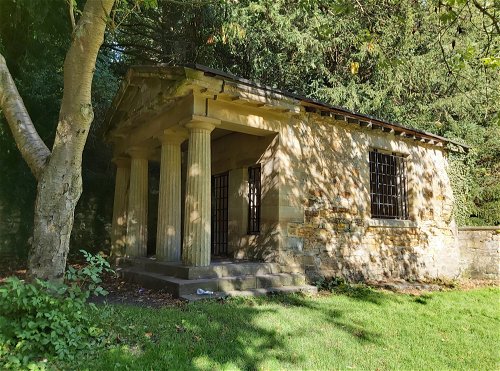
The Count's House
Building Durham County DurhamA Grecian style summerhouse on the banks of the River Wear named after a Polish entertainer.

Morpeth Courthouse
Building Morpeth NorthumberlandA former courthouse, and gateway to a gaol, now a restaurant and apartments.
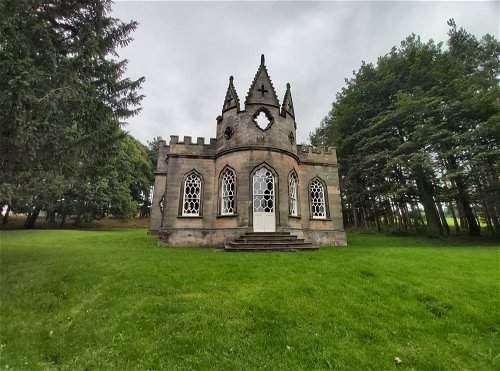
Gibside Banqueting House
Building Gateshead Tyne And WearA beautiful folly set in the grounds of the Gibside estate which is now a holiday home.
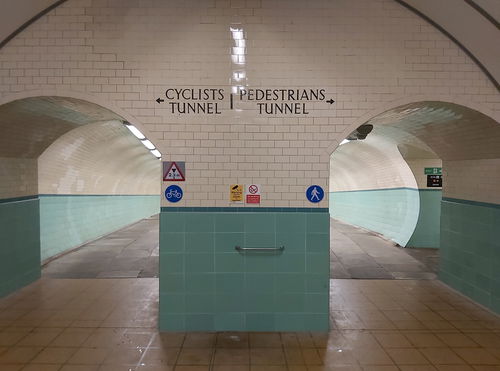
Tyne Cyclist and Pedestrian Tunnels
Building Howdon Tyne And WearA pair of tunnels under the River Tyne for use by pedestrians and cyclists.
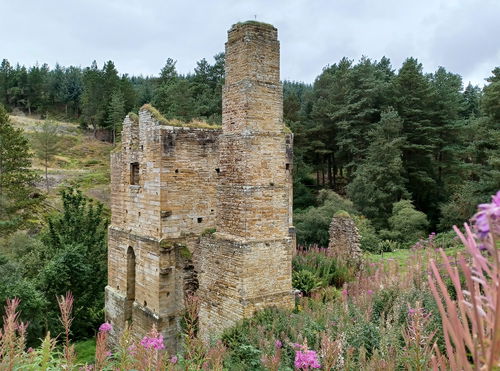
Shildon Engine House
Building Blanchland NorthumberlandThe remains of a 19th century engine house, later transformed into flats and known as 'Shildon Castle'.
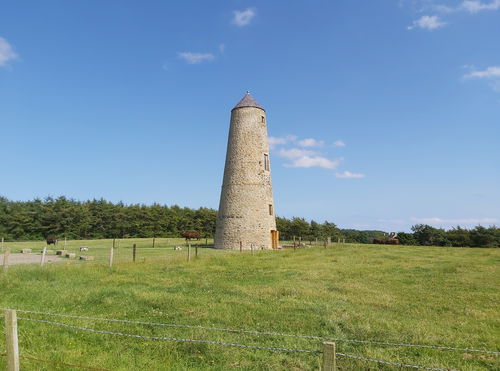
Outchester Ducket
Building Belford NorthumberlandMaybe a windmill, maybe used for sea-navigation, maybe just a pretty building. Now a holiday home.
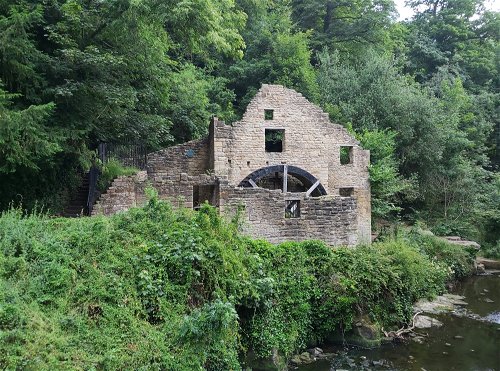
Old Mill Jesmond Dene
Building Jesmond Dene Tyne And WearA ruined watermill dating from back to 1739 in Jesmond Dene.
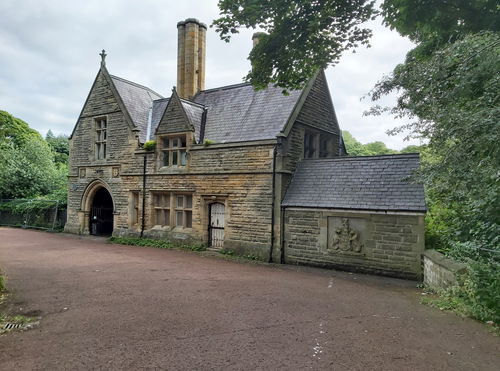
Lord Armstrong's Banqueting House
Building Jesmond Dene Tyne And WearThe banqueting hall where Lord Armstrong would entertain his guests.
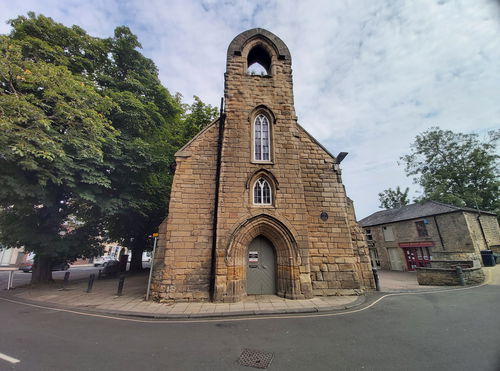
Morpeth Chantry
Building Morpeth NorthumberlandAlso known as All Saints Chantry, it’s a Grade I listed building now housing a bagpipe museum.
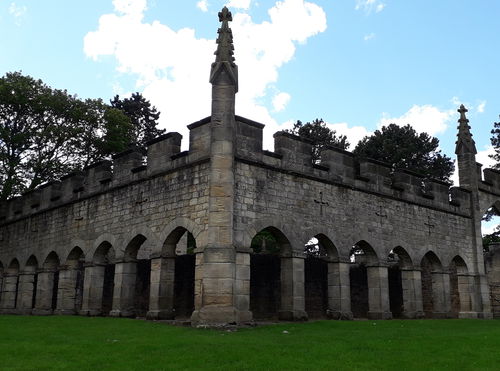
Auckland Castle Deer House
Building Bishop Auckland County DurhamThe deer house is a rare and well preserved example of Gothic Revival architecture built in 1760.
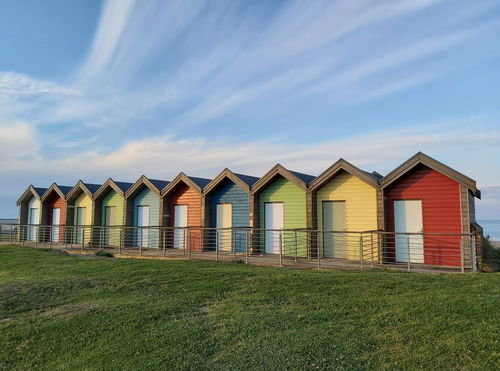
Blyth Beach Huts
Building Blyth NorthumberlandA beautiful set of beach huts situated on the Blyth Promenade.
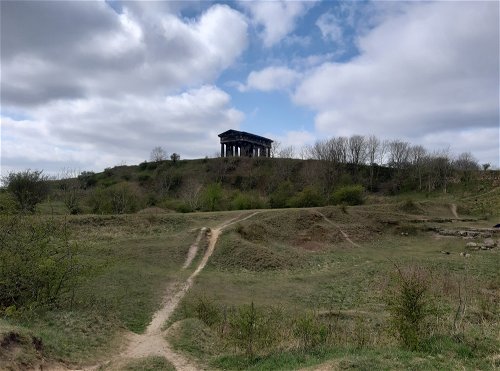
Penshaw Monument
Building Sunderland Tyne And WearA memorial in the style of an ancient Greek temple on Penshaw Hill owned by the National Trust.
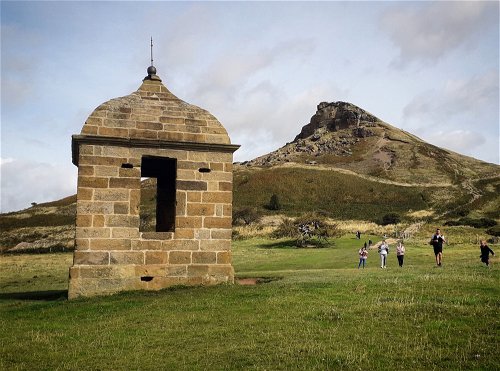
Roseberry Topping Shooting Box
Building Newton under Roseberry North YorkshireAn 18th century shooting box built for Captain Wilson on the slopes of Roseberry Topping.
Filter Results
Filter the places by category or their location, or even search by a keyword.
